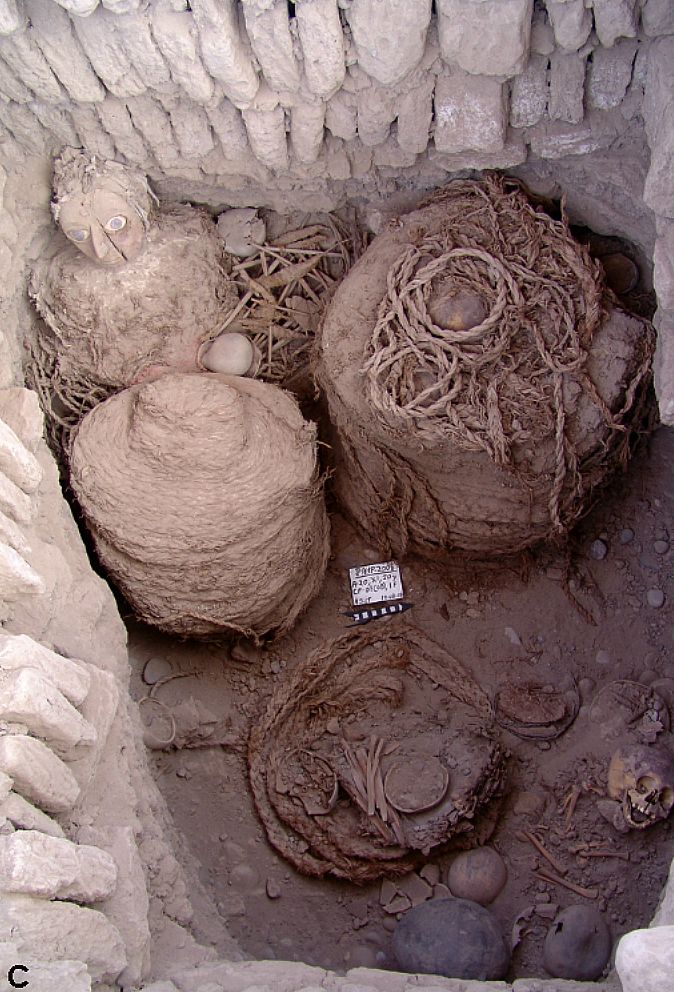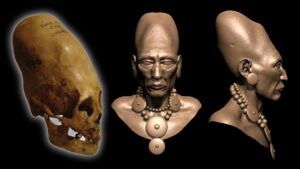For centuries, no grave robbers have disturbed this mausoleum despite the many times the nearby site has been plundered, according to archaeologists.

Prior to the construction of Machu Picchu, the Wari empire prospered from approximately 700-1,000 AD in much of contemporary Peru. At a time when the population of Paris was only 25,000, Huari – the capital of the Wari kingdom – boasted 40,000 inhabitants at its peak, according to National Geographic.
The Wari people’s reach has been substantial, yet they remain quite mysterious. It is comparatively uncommon for archaeologists to uncover burials that have not been disturbed by grave robbers. In taking away prized possessions, plunderers ruin the archaeological context and details, leaving investigators trying to understand the lifestyles of earlier societies.
Polish and Peruvian archaeologists have stumbled upon an underground mausoleum, which is considered to be the first Wari imperial tomb that has not been looted and has been sealed for centuries with 30 tons of loose stone fill.
Milosz Giersz, an archaeologist at the University of Warsaw in Poland, revealed the discovery of a 1,200-year-old chamber at El Castillo de Huarmey, north of Lima. He first noticed a faint outline of the mausoleum when he was examining aerial photographs of the site.
The exploration team found rows of human remains in a seated position while excavating the “temple of the dead,” some of which may have been sacrifices. In small side chambers, they came across three Wari queens, encircled by precious items like woven gold tools, ceramic vessels decorated in vibrant colors, and an alabaster cup for drinking.
After their deaths, the queens may not have been allowed to rest in peace. National Geographic also reported that signs of insect pupae were found in the remains of the queens, implying that their mummies may have been exhibited to the public from time to time, and venerated by the living Wari people.
After months of excavating, the archaeologists were able to discover more than a thousand objects, ranging from semi-precious stone beads, carved wooden items, bronze axes, and jewelry constructed from silver and gold. Giersz informed National Geographic that the site will be studied for many years in the future.




